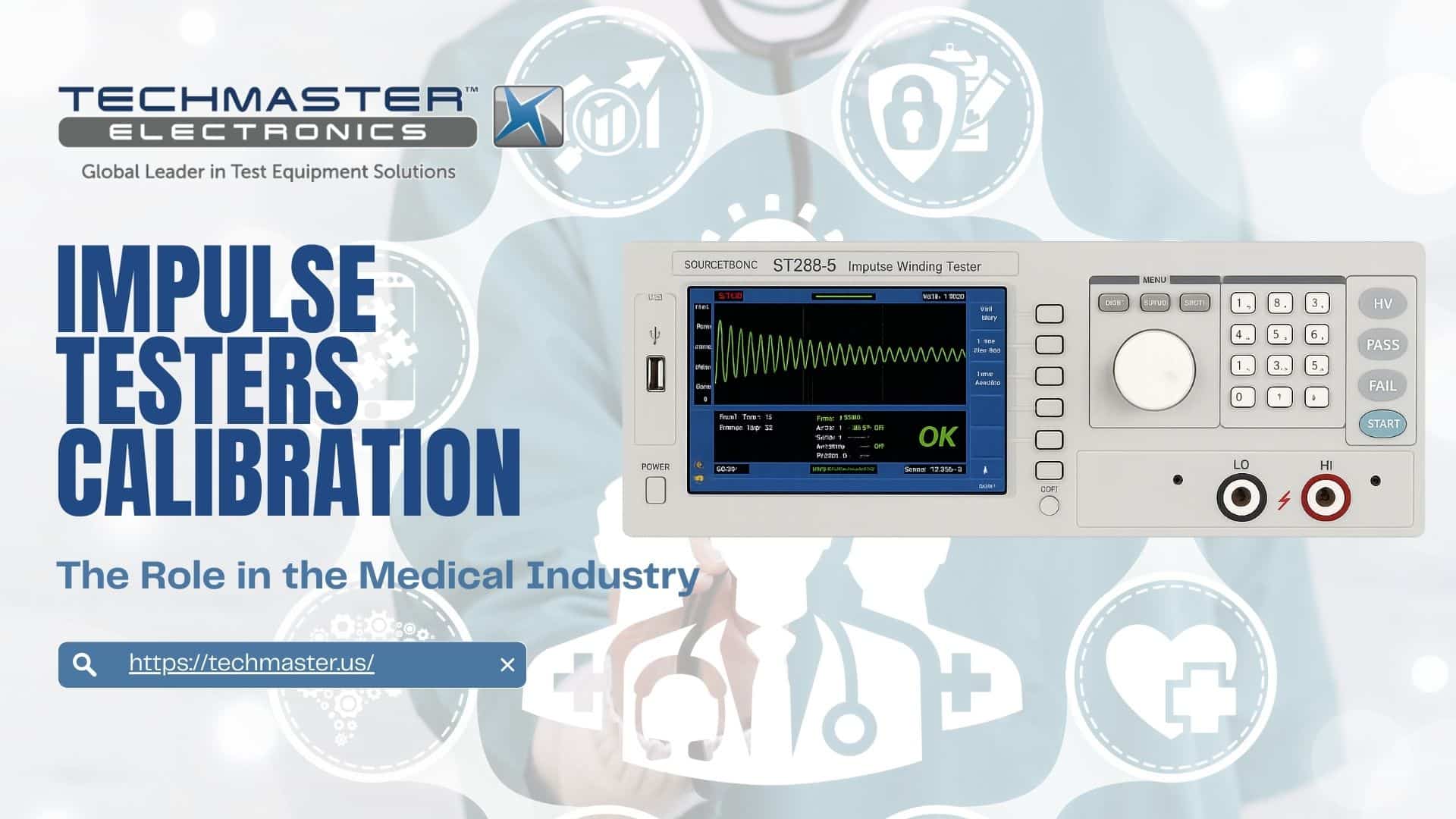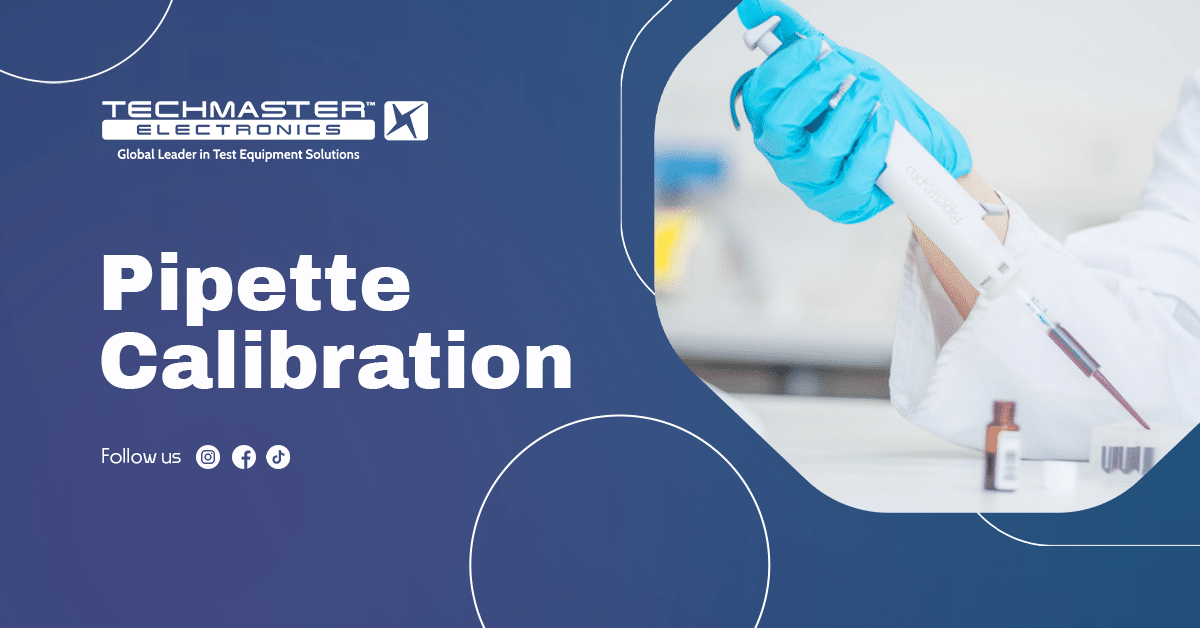In the modern healthcare industry, medical equipment calibration is not optional, it is essential. Medical devices are at the heart of clinical decision-making. A single inaccurate reading can cause serious harm to patients and impact treatment outcomes. Calibration ensures that medical equipment performs with the accuracy and reliability required in high-stakes environments such as hospitals, laboratories, and emergency care units.

The Critical Role of Accuracy in Medical Devices
Medical devices are designed to support diagnosis, monitor vital signs, and administer treatment. These include thermometers, blood pressure monitors, ventilators, defibrillators, infusion pumps, and imaging systems. Each of these devices plays a direct role in patient care. A small deviation in a device’s performance, such as reading a patient’s blood pressure too high or low—can mislead physicians, potentially resulting in incorrect medication or dosage.
Regular medical equipment calibration ensures that devices remain within their acceptable tolerance limits. Calibration adjusts the equipment to match standardized measurements set by national or international metrology institutes. It also identifies potential malfunctions early, reducing the risk of failure during critical procedures.
Regulatory Compliance: A Legal and Ethical Obligation
In the United States and many other countries, regulatory bodies enforce strict calibration standards. The U.S. Food and Drug Administration (FDA), for example, outlines clear requirements for equipment maintenance and calibration under 21 CFR Part 820 (Quality System Regulation). Additionally, standards such as ISO 13485, ISO 17025, and CE marking emphasize the importance of traceable calibration in medical manufacturing and service environments.
Failing to maintain proper calibration records or procedures can result in regulatory penalties, product recalls, or even facility shutdowns. For clinical laboratories and medical manufacturers, regular calibration is a foundation for audits, certifications, and quality assurance programs. It ensures transparency, accountability, and legal readiness when compliance checks occur.
Reducing Risk and Protecting Patient Safety

One of the greatest dangers of uncalibrated equipment is clinical risk. Devices that provide inaccurate measurements may lead to misdiagnosis, inappropriate treatment, or delay in critical interventions. For example, if a glucometer reads inaccurately, it could lead to incorrect insulin administration in diabetic patients, with potentially fatal consequences.
Regular calibration helps to minimize these risks. It ensures that equipment continues to perform according to its specifications and that it remains safe for patient use. From an operational perspective, calibration also helps to avoid costly lawsuits, insurance claims, and medical malpractice incidents. Risk reduction also leads to lower liability premiums for hospitals and healthcare providers.
Improving Operational Efficiency and Patient Outcomes
Accurate devices don’t just protect patients, they also improve clinical efficiency. When equipment performs reliably, physicians can make faster and more confident decisions. This reduces delays in treatment, minimizes the need for repeat tests, and streamlines the overall diagnostic process.
Moreover, calibrated devices support data consistency, which is critical for electronic health records (EHR), research studies, and trend analysis. With accurate and consistent data, healthcare teams can track patient outcomes more effectively, optimize treatment plans, and identify long-term health patterns. Ultimately, medical equipment calibration helps institutions deliver better care while reducing costs and improving staff workflow.
Maintaining Accreditation and International Recognition
Many healthcare organizations aim to achieve and maintain accreditations such as Joint Commission (JCI), College of American Pathologists (CAP), or ISO certifications. These bodies require documented proof of routine calibration and quality control. Regular calibration supports ongoing accreditation efforts and enhances an organization’s reputation.
Furthermore, globally recognized certifications like ISO and CE are essential for international medical device manufacturers and exporters. Calibration ensures products meet technical standards across different markets. This enables smoother distribution, fewer customs issues, and easier market expansion.
Techmaster: Your Trusted Partner in Calibration
At Techmaster, we understand the critical role that calibration plays in healthcare. We provide medical equipment calibration services accredited to ISO 17025, ensuring the highest levels of accuracy and compliance. Our experienced technicians use state-of-the-art equipment to calibrate a wide range of medical devices, from laboratory instruments to patient monitoring systems.
We serve hospitals, clinics, research labs, and manufacturers across the United States. Whether your facility is preparing for an audit or needs ongoing calibration support, Techmaster delivers fast, reliable, and fully documented services. We also help clients establish calibration schedules, manage documentation, and prepare for regulatory inspections.

Conclusion
Medical equipment calibration is not just a technical formality. It is a cornerstone of safe and effective healthcare. It ensures that life-saving devices operate with precision, supports compliance with stringent regulations, and ultimately protects patients. Healthcare providers must prioritize regular calibration as part of their quality management systems.
Partnering with a trusted provider like Techmaster ensures your equipment stays in top condition, your facility remains audit-ready, and your patients receive the care they deserve. Contact Techmaster today to learn more about our comprehensive calibration solutions tailored for the healthcare industry.











